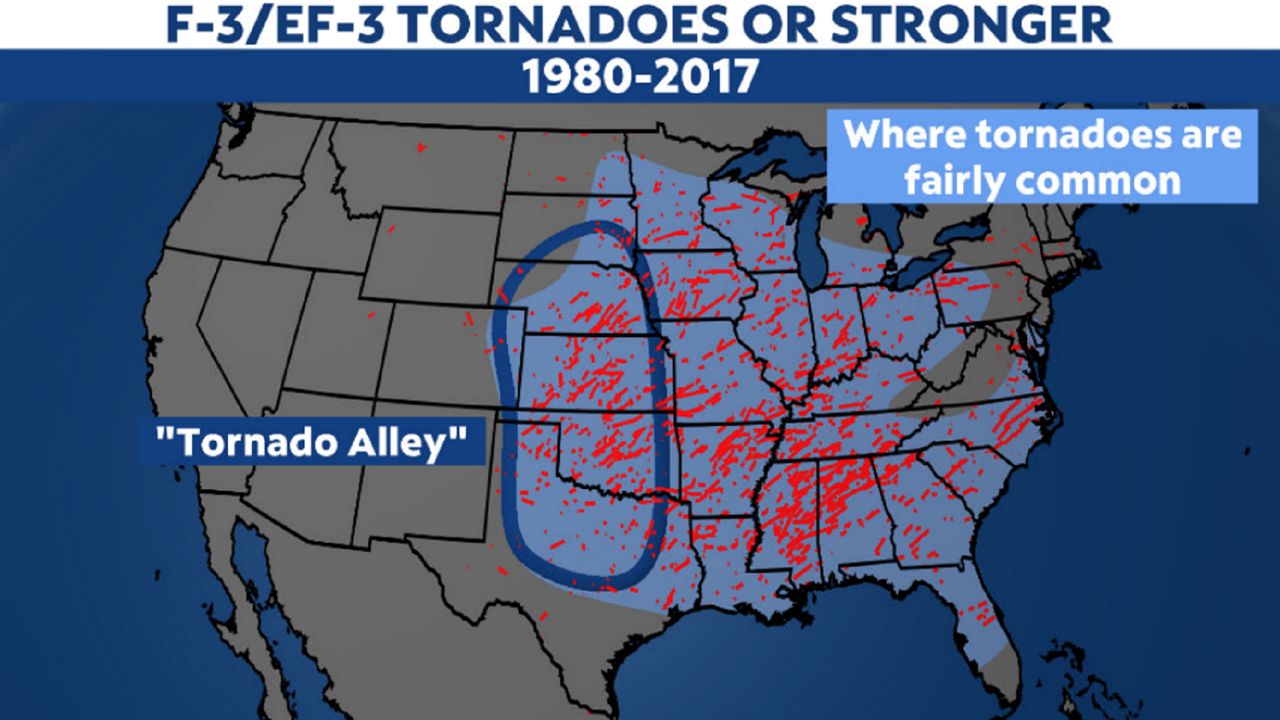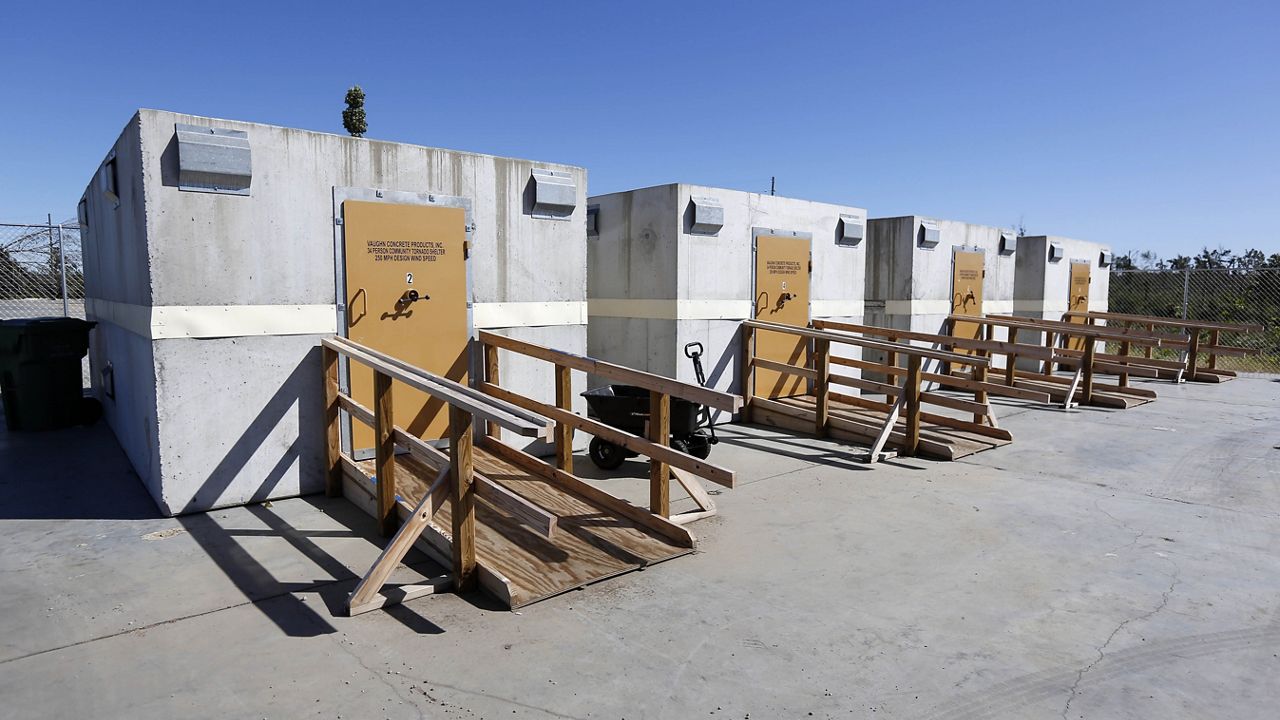Meteorologists often harp on tornado safety and knowing where your safe place is during severe weather. Any time you turn on the news during tornado coverage, you will hear them say repeatedly: “find your safe place.”
If you have a basement, that’s where it is. If you don’t have a basement, it’s a small, interior room without windows and as many walls between you and the outside as possible.
But what if you’re not at home or don't feel safe in a mobile home? Dr. Craig Ceecee, a recent graduate from Mississippi State University, is working to raise awareness to help people find tornado shelters, particularly in low-income and tornado prone areas.
It sounds cliché, but finding a tornado shelter could really mean the difference between life or death. That’s why he’s worked on an interactive map since 2021 to help people find public tornado shelters across the U.S.
The map is accessible on www.findyourtornadoshelter.com.
Looking at the map, you can see the highest density of shelters in parts of the Deep South, including Alabama and Mississippi. But why this area? Dr. Ceecee says that a lot of shelters were built after the 2011 tornado outbreaks, which caused a lot of destruction in the region.
He added, “the Deep South has a high density of mobile homes. Although they exist in all regions of the country, the perception is that vulnerability is greater there.”
Traditional “tornado alley” in the Midwest doesn’t have as many public shelters, but that’s because most homes have basements. Basements are rare in the Deep South and Southeast, which makes protection from violent tornadoes more difficult.

There is another potential reason for the lack of public shelters in parts of tornado alley. The western parts Oklahoma, Kansas, Nebraska and South Dakota are sparsely populated. When compared to other tornado-prone areas, there is likely less of a need based on demand.
Even with more public shelters or basements, Dr. Ceecee still believes that there is significant room for improvement in all tornado-prone areas. However, he says “the greatest concerns I believe are in the Mississippi Delta region, Louisiana, Tennessee and much of Oklahoma.”
What are the next steps? Dr. Ceecee wants to continue to raise awareness, but he can’t do it alone. “[Shelters] could be better signed on roads and highways, better promoted in communities when necessary,” he said.
He also thinks developing an app could help best identify where the nearest shelters are located. Along with making them easier to find, making them more inclusive and accessible to everybody is an important goal.
That includes making pet-friendly shelters, as many now do not allow pets. Also, getting that same information translated into Spanish is a priority as well.
Our team of meteorologists dive deep into the science of weather and break down timely weather data and information. To view more weather and climate stories, check out our weather blogs section.



